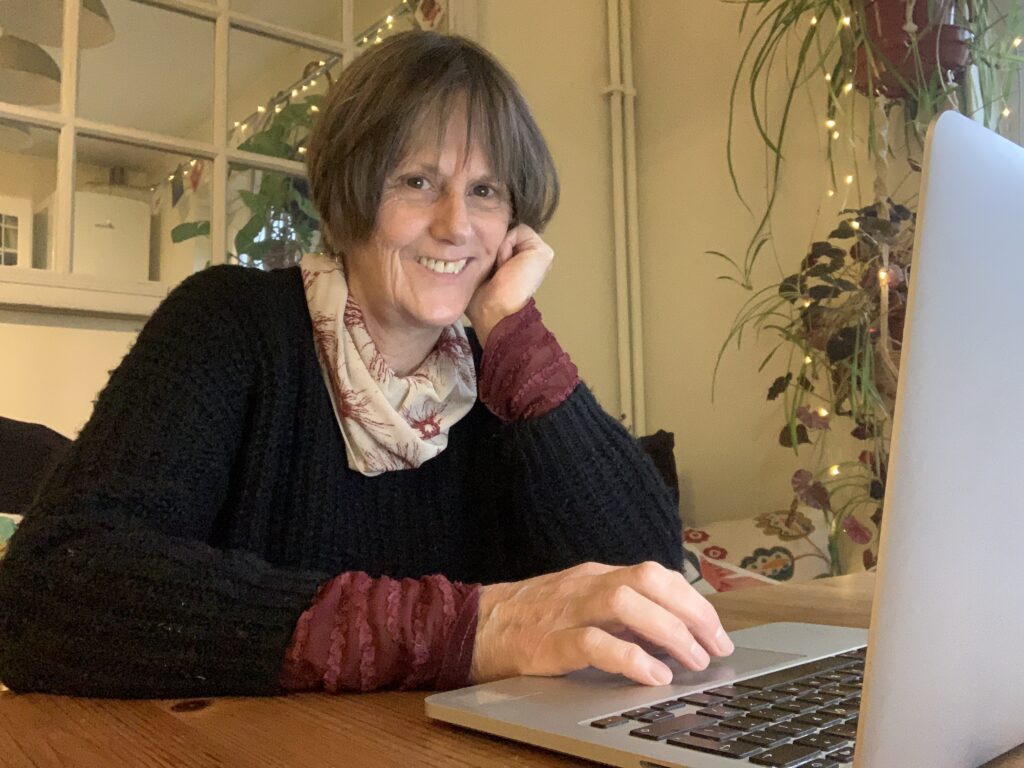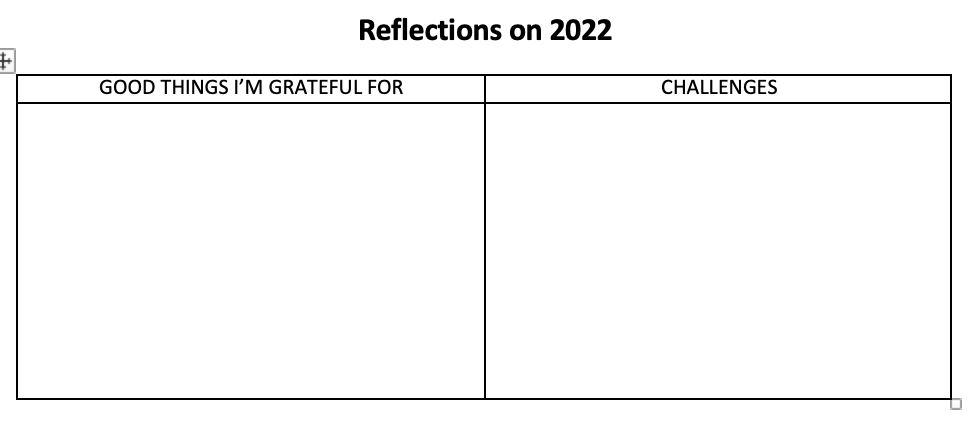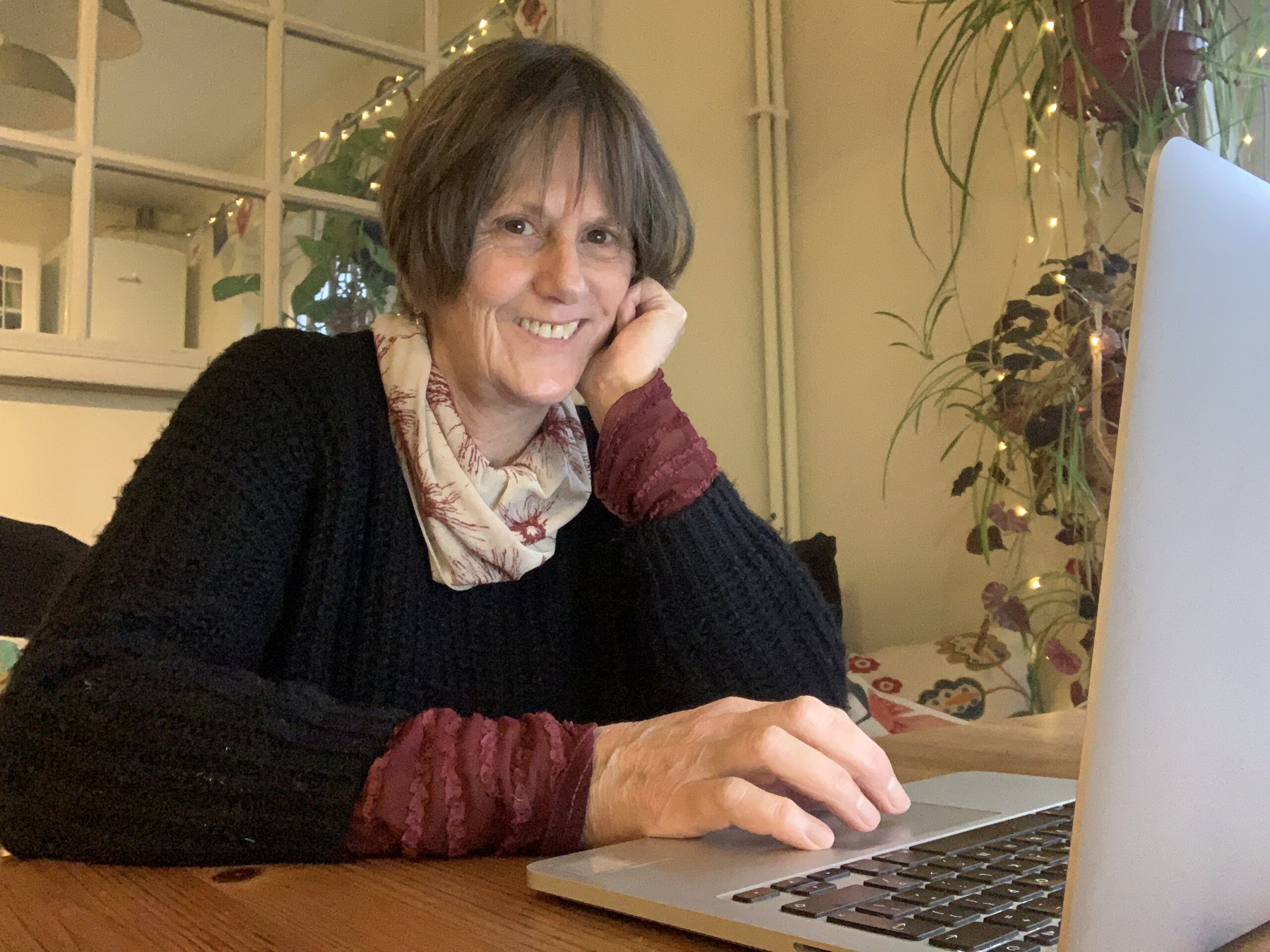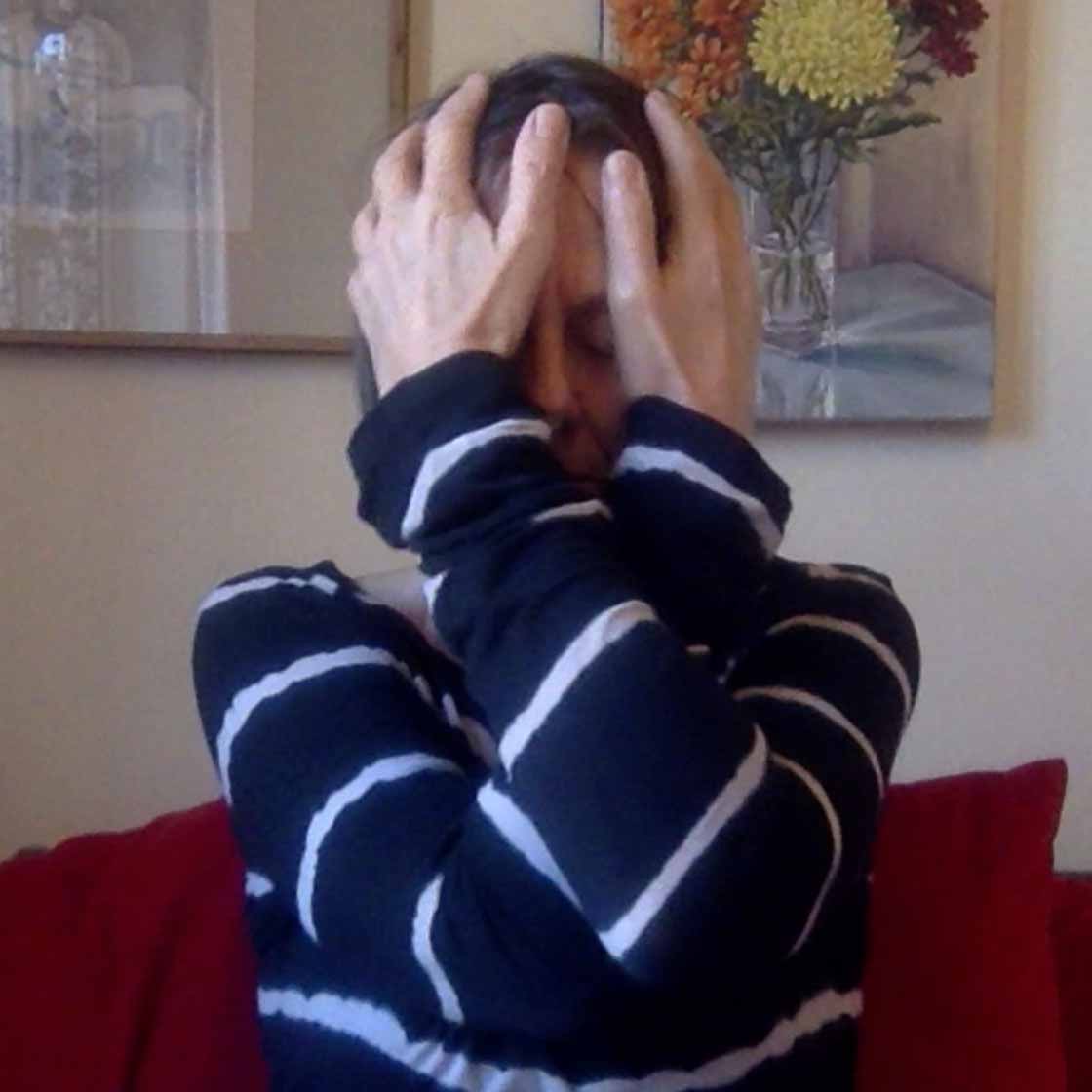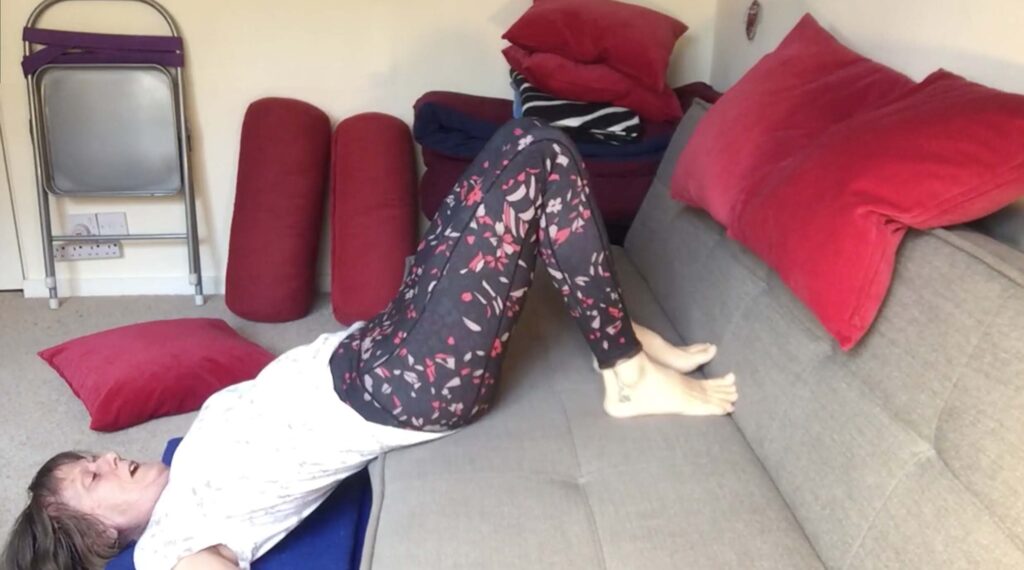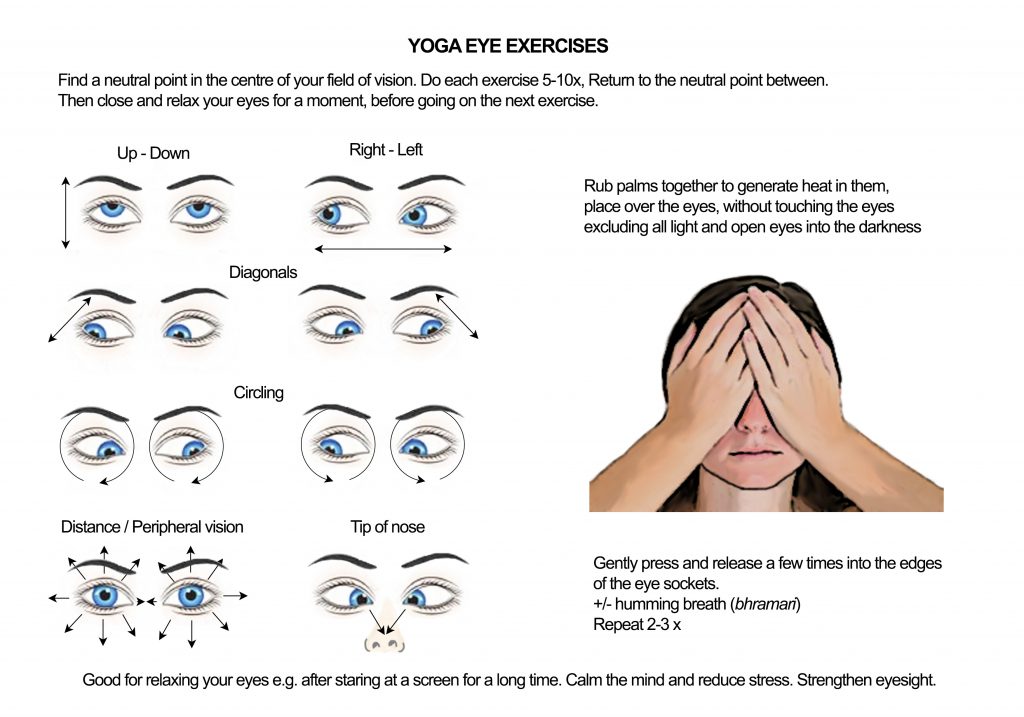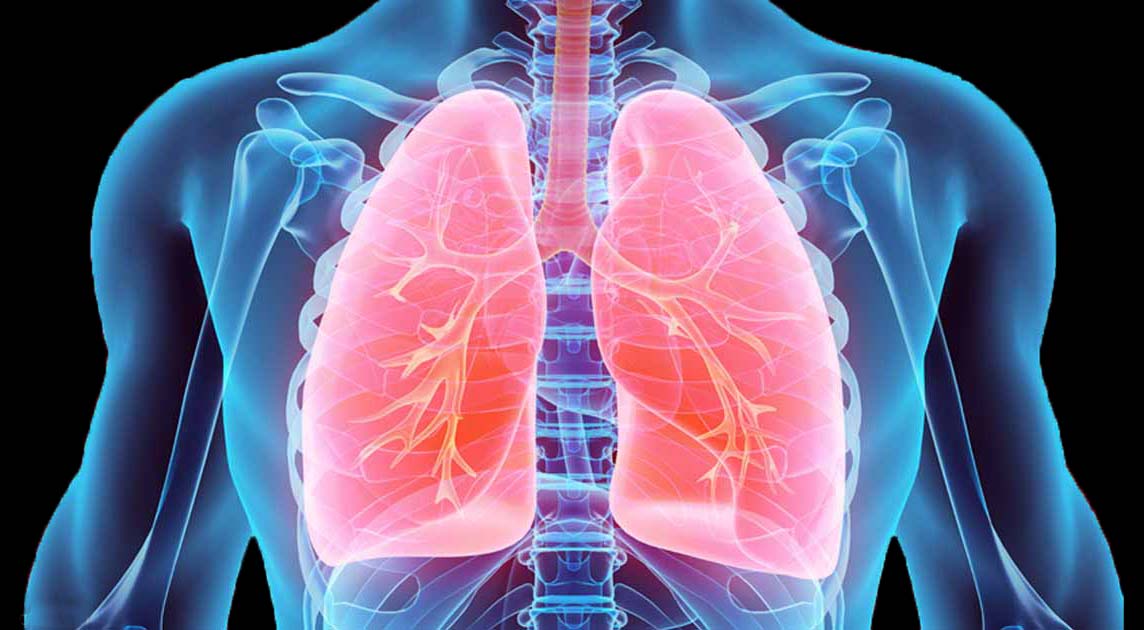A Healthy Morning Wake Up
Dry brushing is just what it sounds like – brushing over [most of] the exposed skin surfaces with a dry brush. It is usually done in a certain pattern and just before taking a shower.
Why would one do this?
It has a number of potential benefits, from smoother skin to improved circulation and even immune function and, not lease of all, it feels good!
Effects and Benefits
• Exfoliation
This most obvious effect and benefit is immediately noticeable. The process of brushing with a firm, natural bristled brush over the skin helps loosen and remove dead skin cells, naturally exfoliating skin. That means less less dry, flakey skin and a softer, smoother surface.
• Cleansing
The added benefit of exfoliating the skin is removing dirt, excess oil and residue from the pores. This reduces the need to use soaps or gel, which tend to remove too much of the skin’s natural protective layer of oil (sebum). Sebum is our own, tailor-made moisturiser, which both lubricates and waterproofs the skin and also forms the immune system’s first line of defence against the entry of harmful organisms.
• Elimination
The skin is the largest organ of the body one of whose functions is elimination, so it follows that if it will function well if it is kept healthy.
• Stimulate circulation
You will probably notice that your skin is a bit pink after brushing and may feel slightly tingly, because the skin capillaries have dilated bringing more blood flow close to the surface.
• Lymphatic Drainage
Although somewhat debatable, some proponents of dry brushing claim that brushing the skin assists lymph drainage.
The lymphatic system is a major part of the body’s immune system, which collects the fluid that surrounds all the cells into vessels to be filtered and cleansed via lymph nodes, at strategic places in the body and then return it to the blood circulatory system.
• Natural Energy Boost
Similar to the oriental method of Do-in, designed to stimulate qi flow in the meridians, dry brushing has an invigorating effect and wakes you up with a natural energy boost. It can become a little bit addictive (in a good way!)
Selecting a Brush

Natural, sustainable bristle is generally considered the best. I use a firm, cactus bristle brush, with a long, removable handle. The handle allows me to reach my entire back and removing it makes it easier to use the brush on other parts of the body.
Initially the skin will be quite sensitive and it’s better to start with a softer brush, later you may prefer a stiffer, firmer brush. (IF you choose to brush your face only use only a small, VERY soft brush.)
Tampico cactus bristle – the firmest type of bristle available is best used dry. Tampico is a type of Cactus which is preferred by experienced body brushers for dry body brushing treatments as it is the most effective. It has firm, low flex, thicker fibres.
Sisal / Agave bristle – slightly less firm than the tampico.
Hogs hair – a medium strength bristle, which is good for all skin types and it can be used wet or dry. This is a good bristle to start dry body brushing with the aim of progressing to the cactus.
Boar bristle – a strong, good quality bristle, often used in hair brushes. Ethically sourced as the animals are not killed.
Horse hair – slightly softer than hog’s hair and again can be used wet or dry. Perfect for gently exfoliating the face..
Goats hair – the softest of the bristles and is for use on very sensitive skin or in facial treatments.
How to Dry Brush
Dry brushing can be done daily over the whole body, preferably in the morning before showering. Start with a gentle brush and soft pressure. Gradually work up to a stiffer brush and more firm pressure.
The order and direction
The most common recommendation is to brush inwards towards the heart, in the direction of the lymph drainage channels, as in Swedish massage.
Another method is to follow the direction of the energy (qi) flow in the meridians – down the back of the body and up the front, which is similar to the oriental do-in practice of tapping along the meridians.
I tend to use a combination of both these methods, brushing up and down while working my way in a particular direction:
1. Using the long handle to brush 2-3x up and down the spine from top downwards
2. Remove the handle and brush across the tops of the shoulders
3. The back and sides of the torso, working my way generally downwards
4. A circular motion 2-3x around the sacrum, then each buttock
5. Up and down the outside and outer back of the thighs then lower legs, including 2-3 circles around the knees.
6. The soles of the feet and up the inside and inner back of legs to the groin.
Repeat 5-6 on other side
7. Circle the abdomen in a clockwise direction spiralling into the navel then outwards, ending at the pubis.
8. Up the front side ribcage, armpits and inner arms to palms.
9. The back of the hand, from the fingers to the shoulders and a circular motion around the shoulder joint
10. Gentle circles around the breast, finishing at the sternum.
Repeat 8-10 on other side
Note: Do not brush too hard! A light, smooth stroke works best and is less likely to do damage. My skin is slightly pink and pleasantly tingly after brushing, but it should never be red or sting. If it hurts at all, apply less pressure, use a softer brush or stop completely.
Replace the brush when the bristles become too soft to be effective or are falling out.
How often?
This depends on what works for you. Some say daily, some once a week. In the beginning it is probably best to leave at least a day or two between brushes to check how your skin is responding and whether there are any adverse effects. I do not use soap on my skin, so I dry brush every day.
Cleaning the brush
Note most brushes are designed for dry use and wetting them will tend to adversely affect the wood and may loosen the bristles and make them fall out. Wetting the brush also softens the bristles, so if you prefer a stiff brush, don’t wash it too often. Putting it out in the sun will help kill any bacteria. You could spray it lightly with hydrogen peroxide, which kills bacteria and evaporates, or use surgical alcohol, then let it dry naturally.
Precautions
Always explore and pay careful attention to what works best for you and YOUR body and use your common sense. If you have very sensitive skin, open or recent wounds, rashes, or a history of eczema or other skin conditions, this is almost certainly not for you.
Illness, medication and pregnancy can all alter the sensitivity of the skin and, even if dry brushing was previously fine, it may not feel good at these times.
Do NOT ignore warning signs like discomfort, pain, rash, itchiness, extreme or persistent redness. Avoid sensitive areas, don’t use uncomfortably stiff bristles, and stop immediately if irritation occurs.
There have been no scientific / clinical studies on dry skin brushing and it is not likely there will ever be funding for any, so the reports of its benefits are anecdotal (some are far-fetched!). It is generally agreed to feel good and the potential for harm is minimal (with the common sense precautions). Experiment for yourself.
